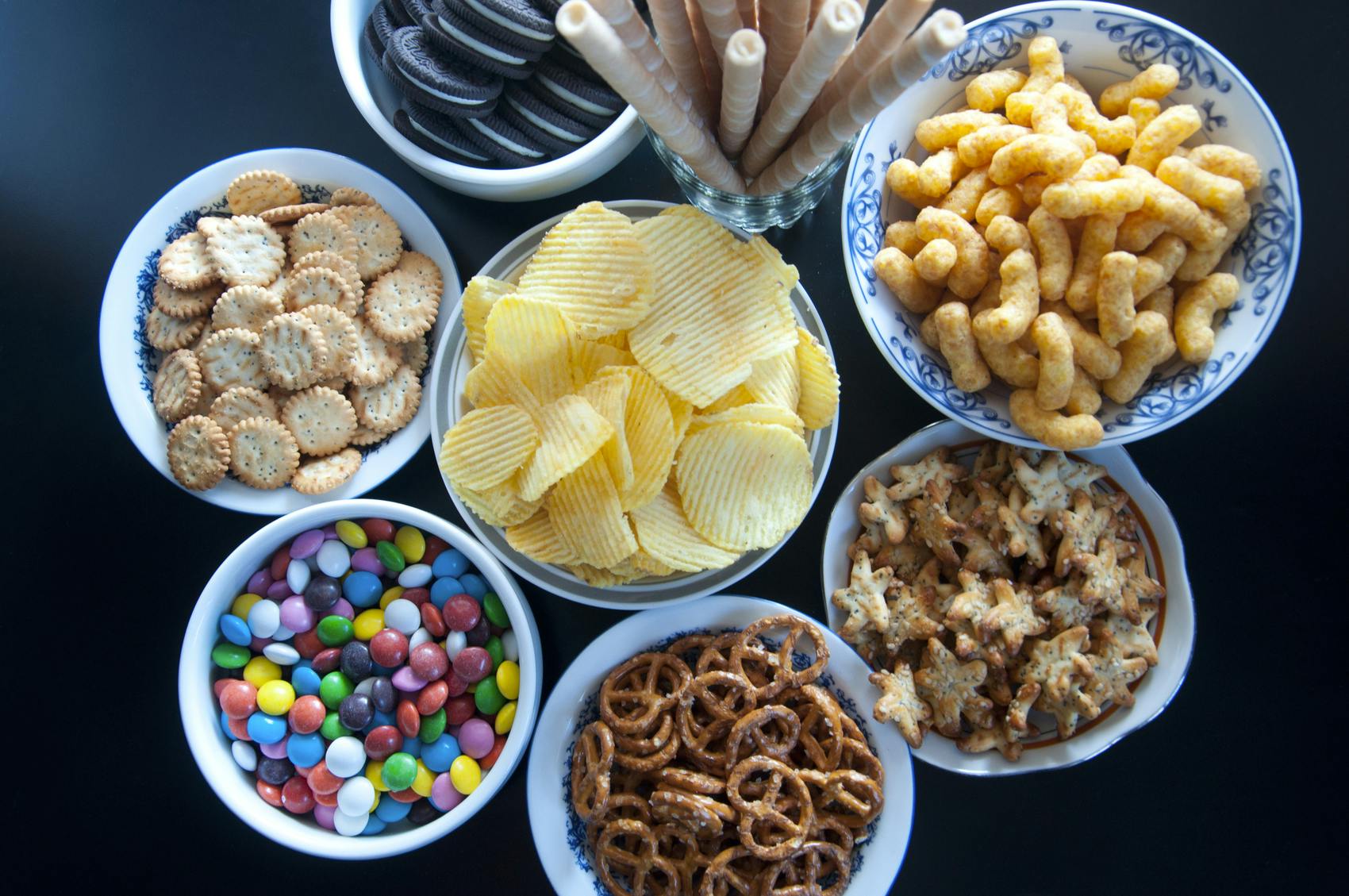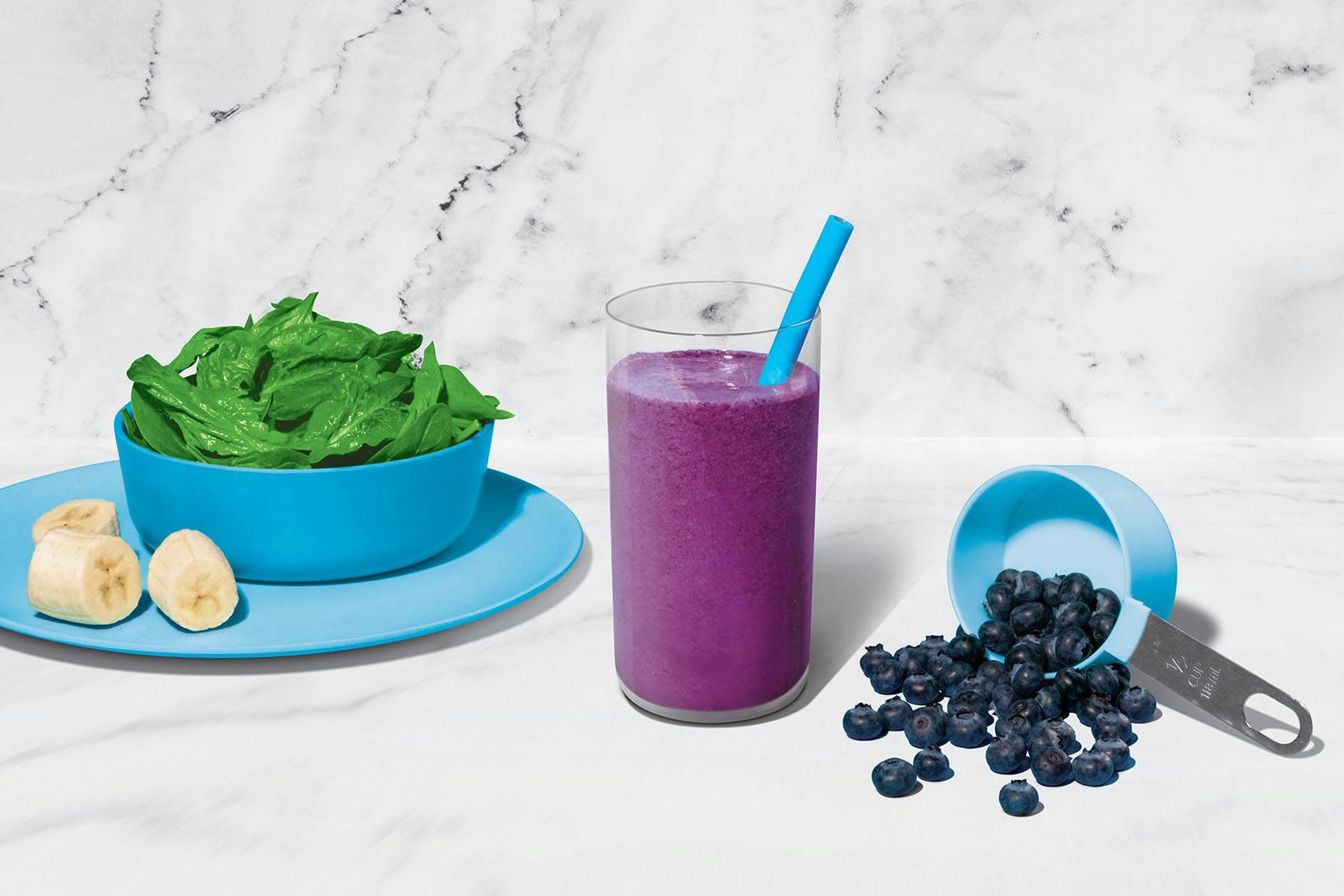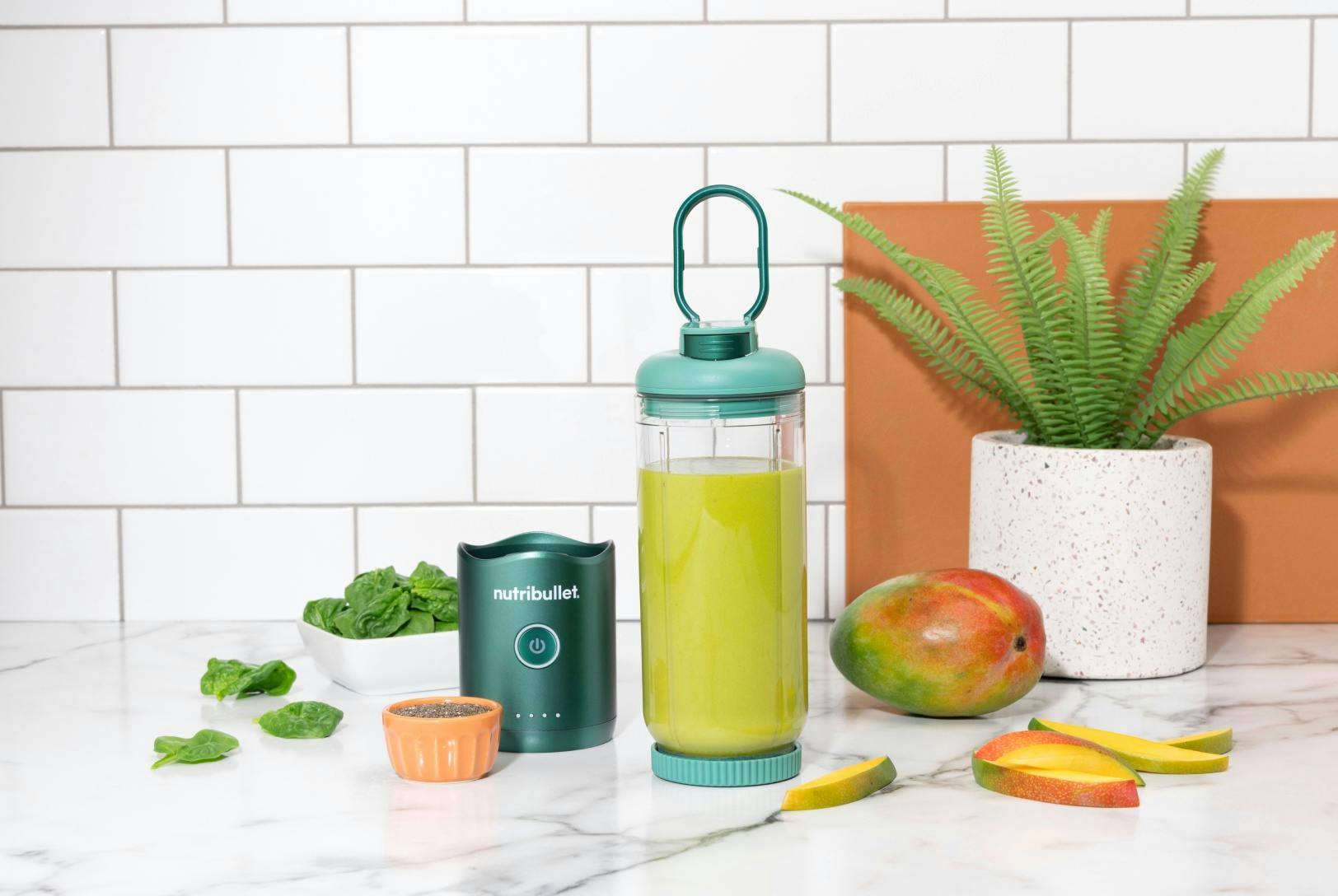FREE shipping on US orders over $45!
Your cart is empty!
FREE 1-year warranty on all blenders and juicers
More to Consider
nutribullet Pro 900
$98.99
nutribullet
$59.99







Taxes and discounts calculated at checkout.

nutribullet
August 18, 2016
nutribullet
Nutrition made easy. At nutribullet, we believe that good nutrition has the power to transform lives. Our products, from our blenders to our blends, make nutrition fun and hassle-free for any lifestyle. So, if you're looking for a simple way to be healthy, we've got you covered.
A simple rule of thumb when deciding what’s healthy and what’s not is to avoid foods that are manufactured in factories. However, that may be easier said than done. According to the BMJ Open in the Diabetes Forecast and based on a survey of 9317 people, a whopping 58 percent of the foods and drinks consumed daily by Americans are “ultra-processed” and contain too much sugar. When the foods we eat come from industrial plants rather than from “the earth”, we put ourselves at significantly greater risks of serious health problems such as diabetes, heart disease, cancer, obesity, peripheral vascular disease, poor immune system response, and many more.
Processed foods are any non-fresh foods including frozen veggies, applesauce, and steel-cut oats. Fruits, nuts, whole grains, and meat products are categorized as minimally processed foods. Ultra-processed foods are manufactured for convenience, using individual chemical ingredients not found in kitchen cabinets – in other words, things we cannot pronounce. Foods in this grouping include frozen dinners, cereal bars, soft drinks, packaged snacks, and instant meals.
Heavily processed foods are also sugar bombs. Experts encourage us to keep sugar consumption below 10 percent of our total daily caloric intake. However, if we eat ultra-processed foods it’s easy to exceed this amount by a considerable margin which can wreak havoc on blood sugar levels and waistlines.
Practicing good nutrition helps reduce the risk of obesity adn its related diseases. Even if you’ve been eating large amounts of ultra-processed foods, it’s not too late to turn things around. Many people who arent’ at their prime are able to bounce back stronger by avoiding bad habits and engaging in a lifestyle of eating wholesome fruits and vegetables.
The American Heart Association and the American Diabetes Association both praised fruits and vegetables for their health benefits, from improving heart health to aiding in weight loss and weight management. Therefore, getting your fruits and veggies every single day is a must!
How many fruits and vegetables are appropriate every day?
Note that half a cup of cooked vegetables is one serving, while a full cup of raw vegetables also counts as a serving. Serving sizes for fruits usually stay the same at 1/2 cup cubed or one medium whole fruit, whether its fresh or frozen.
Keep these amounts in mind when preparing food for the family. Each serving of vegetables offers about 25 calories, while each serving of fruit contains 60 calories. In comparison, there are roughly 90 calories in a serving of dairy, 80 calories in starches, and 55 calories in lean meats. While it’s best to stick to the recommended serving sizes, what’s more important is getting the right foods in your diet.
If the number of daily recommended servings looks daunting, have no fear. If you plan from the start of the day and make vegetables the focal point of every meal, then getting 9 servings of vegetables will be a breeze. In addition to smoothies, there are plenty of ways to easily incorporate nutritious fruits and vegetables into your diet. Here’s what a day of veggie-packed meals and snacks can look like:
You can prepare a fun snack for the kids as well. Instead of buying greasy French fries from your local fast-food place, opt for apple or carrot sticks. Microwave the sticks for 30 seconds to a minute gives them a soft texture kids will love, You might need to peel the apple wedges depending on your child’s age. This option provides kiddos with those wonderful vitamins and minerals and helps foster future healthy habits and behaviors.
Of course, you can always put together a quick smoothie that’s loaded with your favorite fruits and vegetables. There are hundreds of delicious and highly nutritious recipes to choose from and modify to best suit your taste and dietary needs. They’re perfect as a meal replacement or choose a lighter recipes as a snack on-the-go!
Ditch the fatty and sugar-laden ultra-processed foods and start filling your diet with nutritious whole foods. Fruits and vegetables offer tremendous health benefits, from reducing risk of diseases, including heart disease, cancer, and diabetes, to preventing obesity. Get creative with how you prepare your produce – saute, roast, bake or steam your veggies for meals or simply eat them raw as snacks throughout the day. Soon enough, you’ll be right on track to feeling better than ever!

Is there such a thing as a perfect smoothie? This sweet medley certainly makes a strong case. With a classic combination of blueberries, banana, and spinach, this superstar smoothie provides a powerful nutrient boost!

Consider this blend the little black dress of nutribullet smoothies: it never goes out of style. To help keep your energy stable throughout the day, aim to balance your meals and snacks with high-quality protein, healthy fats, and fiber-filled carbs – like this combo of Greek yogurt, peanut butter, fruit, and veggies. There’s a reason this one is always on-trend.

Start your day on a high note with this nutritiously cheerful blend of greens, mango, banana, and chia seeds.